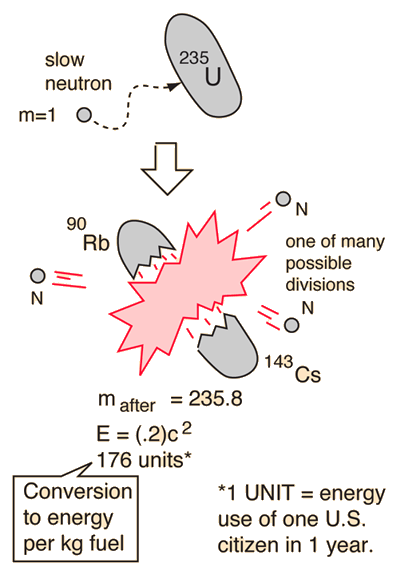

While the effect of a tamper is to increase efficiency, both by reflecting neutrons and by delaying the expansion of the bomb, the effect on the critical mass is not as great. More exotic tamper materials such as gold are used for special purposes like emitting large amounts of X-rays or maximizing or minimizing radioactive fallout.

The primary stage of a modern thermonuclear weapon may instead use a lightweight beryllium reflector, which is also transparent to X-rays when ionized, allowing the primary's energy output to escape quickly to be used in compressing the secondary stage. The first nuclear weapons used heavy natural uranium or tungsten carbide tampers, but a heavy tamper necessitates a larger high-explosive implosion system, and makes the entire device larger and heavier. The yield can be further enhanced through the use of a fissionable tamper. The weapon disintegrates as the reaction proceeds and this stops the reaction, so the use of a tamper makes for a longer-lasting, more energetic, and more efficient explosion.

Often the same layer serves both as tamper and as neutron reflector. Due to its inertia it delays the thermal expansion of the fissioning fuel mass, keeping it supercritical for longer. It is used in nuclear weapon design to reduce the critical mass of a nuclear weapon and to delay the expansion of the reacting material through its inertia. For other uses, see Tamper (disambiguation).Ī tamper is an optional layer of dense material surrounding the fissile material.


 0 kommentar(er)
0 kommentar(er)
